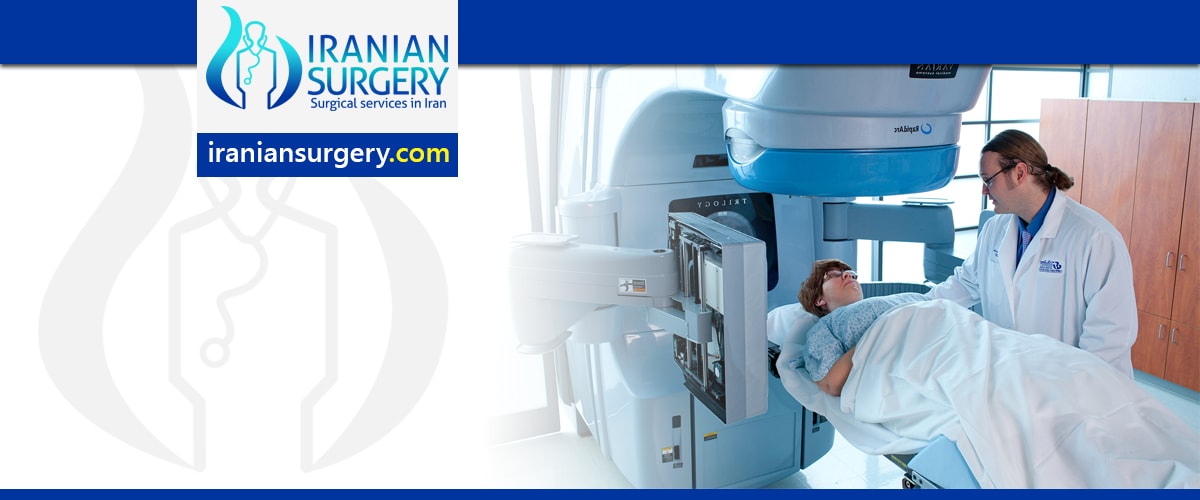Radiotherapy and oncology

What is the success rate of radiation therapy for cervical cancer?
How successful is brachytherapy for cervical cancer?
Radiation therapy is a potential treatment option for cervical cancer. This can either be given externally or internally. When radiation therapy is given internally it’s called brachytherapy. External beam radiation therapy (EBRT) uses a machine to deliver radiation to the area where a tumor is located. It’s called an external therapy because the source of the radiation is outside of your body.
Brachytherapy can help to improve outlook for cervical cancer. Let’s take a look at what some of the research says.
Read more about : Chemotherapy in Iran
A 2017 study assessed 220 people with cervical cancer of any stage. Of these individuals, 134 received EBRT and brachytherapy while 86 received EBRT alone. The researchers found the following:
. Tumor remission: 92.5 percent of the people receiving EBRT plus brachytherapy achieved tumor remission, compared to 73.3 percent of people receiving EBRT alone.
. 5-year survival rate: The 5-year survival rate of the people receiving EBRT plus brachytherapy was 68.5 percent, compared to 35.4 percent for people receiving EBRT alone.
. Cancer recurrence: Cancer recurred in 31.3 percent of people getting EBRT plus brachytherapy, compared to 37.2 percent of people getting EBRT alone.
A 2021 study looked at the impact of brachytherapy on the survival of 2,391 people who had been newly diagnosed with metastatic cervical cancer. It found that brachytherapy, either alone or combined with EBRT, significantly improved survival in these individuals.
Source:
. https://www.healthline.com/health/cervical-cancer/brachytherapy-cervical-cancer#success-rates
10 common questions about Radiotherapy and oncology
[kkstarratings]

